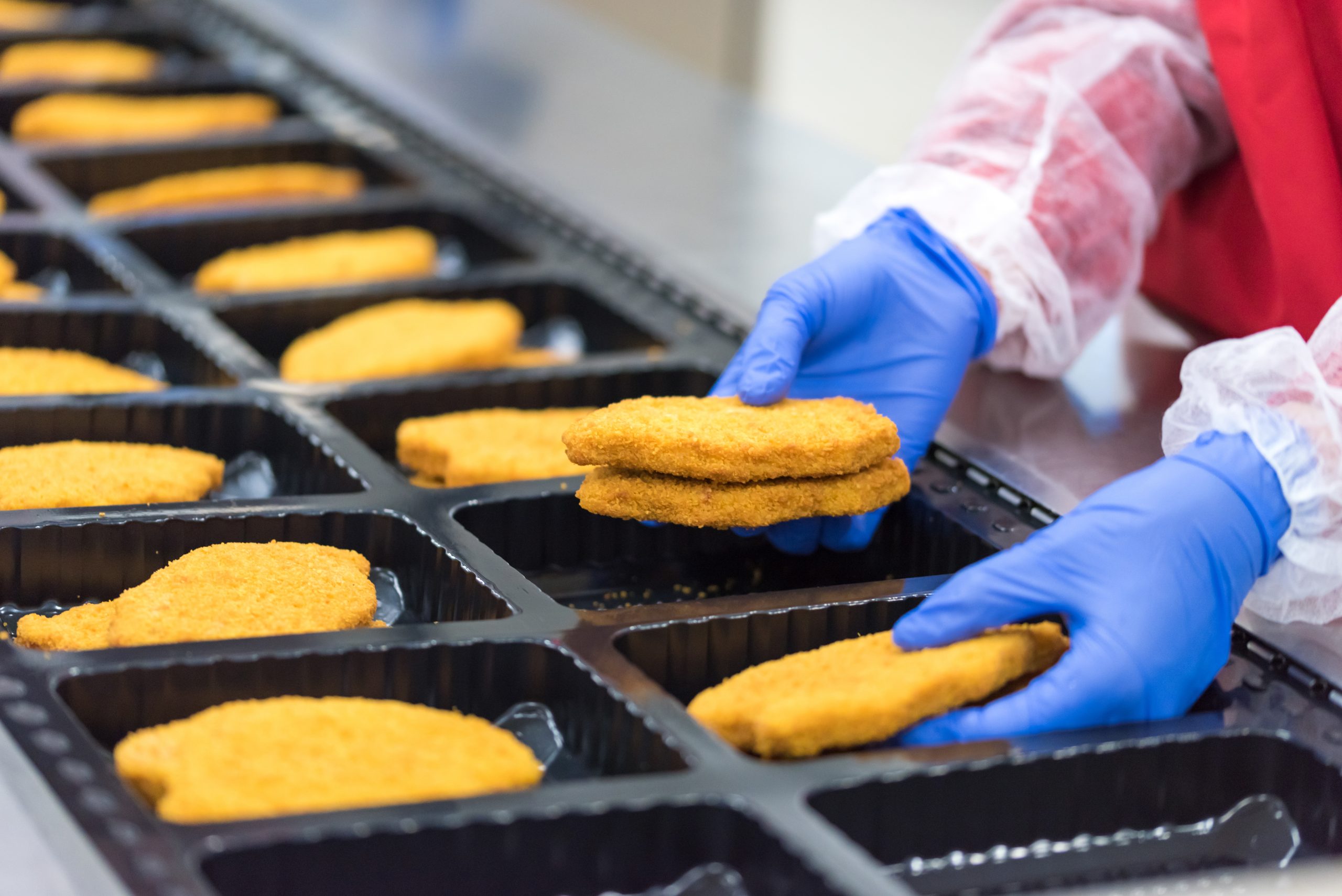Who hasn’t taken a picture of a gorgeous meal and shared it on social media? Or looked for recipes based on how the dish looked in a photo? We’ve come a long way in food photography, but maybe we take it a little for granted.
An article published in 1976 described a program in which older adults were encouraged to tell their food story by taking photos at home. The topics within the program varied, but participants were also photographed and shared later as a way to reinforce key messages and increase involvement. Of course, phones were not used to take the photos, but rather Instamatic cameras.1 This project reminds me of the photovoice projects we have published, such as the one by Heidelberger and Smith who explored the food environment of low-income adolescents through photos. 2
Gould and Anderson’s 1996 article is an interesting read as they explain “scanning” as a new technology and what software they used to remove name brands in their efforts to create a visual guide for Child and Adult Care Food Program Providers as they planned menus. Many of their providers were believed to be low literacy, and the ensuing booklet with digitalized photographs enhanced the users’ ability to understand what foods needed to be included on their menus.3
Digital cameras launched a new wave of diet estimation using photos. One early study examined the reliability, validity, and feasibility of using photos to estimate the total gram weight of preschoolers’ meals and concluded this could be a new method for estimating intake.4 Additional research into the ability of photos to estimate macronutrient intake also pointed to the usefulness of photos. 5 Training protocols for taking food photos for intake estimation followed. 6 Using food photos to estimate what was in packed lunches concluded that food portions set by parents may be larger than their preschoolers needed. 7 With the ever-evolving use of visuals in nutrition education and behavior research, we also find photography used remotely to capture mealtime context of rural mother-child dyads. 8
As smartphone photography creates a platform for us to record all parts of our lives in excellent quality, I am sure that the visual perspective will continue to grow in our work and research. Indeed, recording classes has become commonplace. Video evaluation methodology is advancing, although it might seem tedious presently. Images on social media sell the story. Integrating images into our practice, teaching, and research has come a long way, but just imagine where it may lead us!
REFERENCES
- Light Cameras help the elderly to improve food patterns. J Nutr Educ Behav. 1976;8:80–82.
- Heidelberger L, Smith C. The food environment through the camera lenses of 9- to 13-year-olds living in urban, low-income, midwestern households: a photovoice project. J Nutr Educ Behav. 2015;47:437–445.
- Gould SM, Anderson Enhancing compliance in the child and adult care food program using digitized photographs. J Nutr Educ Behav. 1996;28:47–48.
- Nicklas TA, O’Neil CE, Stuff J, Goodell LS, Liu Y, Martin Validity and feasibility of a digital diet estimation method for use with preschool children: a pilot study. J Nutr Educ Behav. 2012;44:618– 623.
- Gauthier AP, Jaunzarins BT, MacDougall SJ, Laurence M, Kabaroff JL, Godwin AA, Dorman SC. Evaluating the reliability of assessing home-packed food items using digital photographs and dietary log J Nutr Educ Behav. 2013;45:708– 712.
- Masis N, McCaffrey J, Johnson SL, Chapman-Novakofski K. Design and evaluation of a training protocol for a photographic method of visual estimation of fruit and vegetable intake among kindergarten through second-grade stu- dents [Errata. J Nutr Educ Behav. 2017;49:611. and J Nutr Educ Behav. 2018;50:650]. J Nutr Educ Behav. 2017;49:346−e1.
- Elliott S, McCloskey ML, Johnson SL, Mena NZ, Swindle T, Bellows Food photography as a tool to assess type, quantity, and quality of foods in parent- packed lunches for preschoolers. J Nutr Educ Behav. 2021;53:164–173.
- McCloskey ML, Johnson SL, Bekelman TA, Martin CK, Bellows LL. Beyond nutrient intake: use of digital food photography methodology to examine family dinnertime. J Nutr Educ Behav. 2019;51. 547−e1.
continue reading
Related Posts
SNAP benefits may have resumed but Dr. Marion Nestle assesses
As the holidays approach you may have more time to
In the news…good news: school meal reimbursements will continue during



